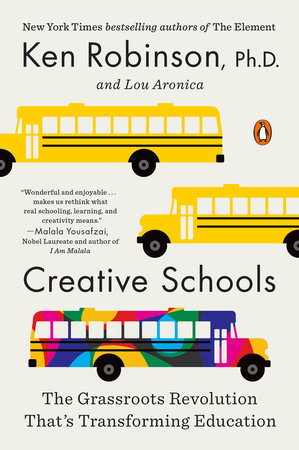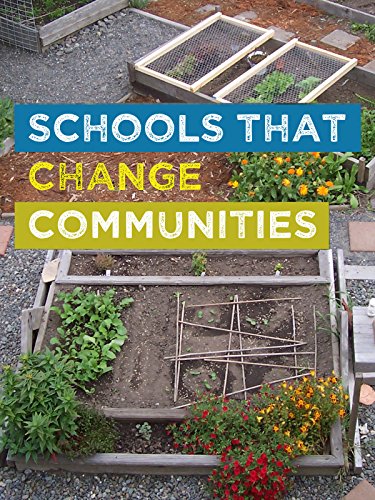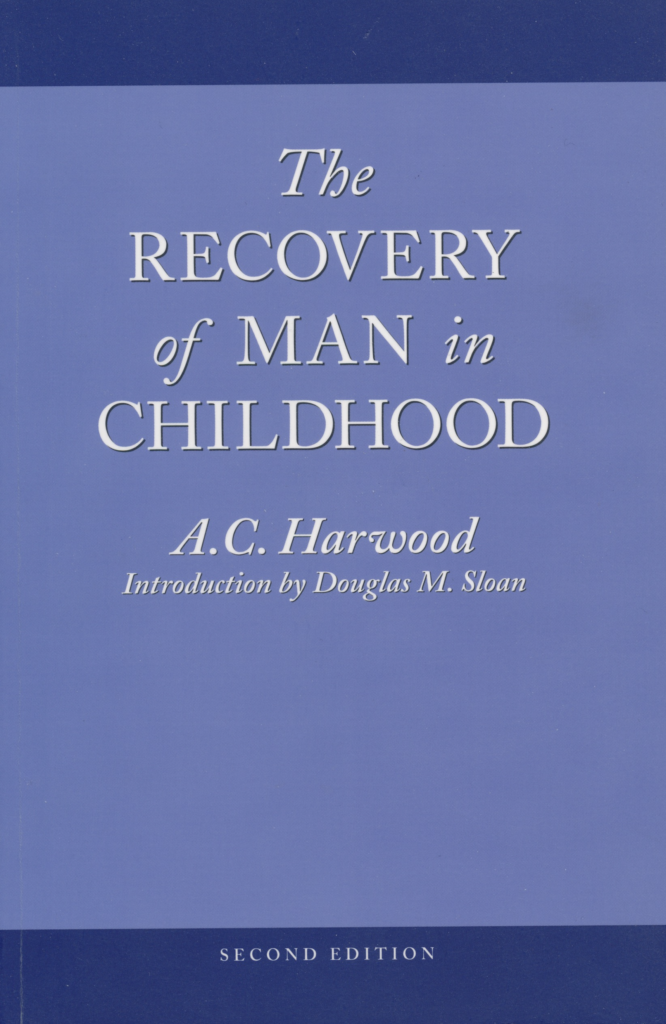It’s time to let the wholeness of the child engage with the wholeness of the world.
WHAT IS
AND HOW DOES IT WORK?
To the extent that we narrow the purpose of schooling to what can be measured, we fail to
engage those sides of children that must be developed in order for them to pull learning
from life. We also increase the likelihood that
they will be bored, question the value of school,
and in some cases even drop out.
Instead of starting with the questions “How do we prepare kids to compete in the 21st century
global marketplace?” or “What will insure that graduates all have command of basic skills?”,
suppose we start by asking what qualities we want to encourage in children as they grow toward
adulthood.
Putney Central School
Putney, Vermont
A beautiful rural school with forest classrooms in Putney, Vermont
Compass School
Westminster, VT
See notice under NEWS FEATURES.
Compass School’s unusual model accommodates both independent and public school students for its sparsely populated rural communities in Vermont. The school is open admissions and this arrangement works well for them. Upon graduation, students enjoy a high level of college acceptance.
OUR
RESOURCES
Educate the Whole Child expects to offer a graduate level 12-credit certificate–Teaching the Whole Child. It will consist of four online courses that may be taken as a series or independently. See details here.

Creative Schools
Sir Ken Robinson and Lou Aronica have written a worthwhile study in Creative Schools. They may have been too optimistic in subtitling the book The Grassroots Revolution That’s Transforming Education.
Learn More
Schools That Change Communities
In Schools That Change Communities, a film by Bob Gliner, we learn that in changing itself and at the same time its community, a school generates a dynamism that can supercharge learning.
Learn More